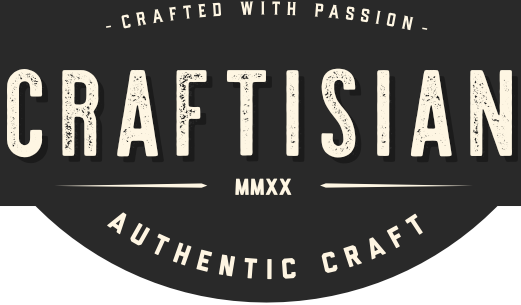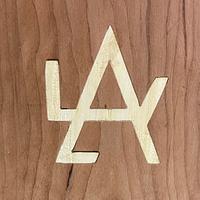Share your craft projects
Make new craft buddies
Ask craft questions
Blog your craft journey
Pottz is right about not needing to be perfect height; however, sagging of long boards on the outfeed or infeed side of a planer can cause snipe because the downwards pressure can cause the board to pivot up slightly into the cutters as it clears the rear roller or before the front roller is engaged. Even on short boards, if you are getting snipe on the trailing end, slight upwards pressure on the outfeed end of the board near the end of the pass can help to minimize or even eliminate the snipe. Snipe on the leading edge can also be reduced by putting upwards pressure on the board until the front feed roller is engaged. You probably don't want the roller stands higher because they will probably just get knocked over if you are not standing on that side to guide them but in those situations where you want a near perfect surface coming off the planer, you do not want excessive sagging at either end so getting them close is a good idea. When possible, for both planing and jointing, rough cut the length of the board closer to the final length before jointing and planing. This not only makes them more manageable but also helps to reduce the amount of warping you will have to mill out of the board and conserves wood.
For jointers it is more about making long boards manageable so that you can keep the board flat on the jointer bed with just slight downward pressure. If you are having to apply significant pressure, not only will it be difficult to manage but it can be a little dangerous since the extra pressure you are having to apply could lead to a mishap. For this situation, it is a good idea to make a test run with the jointer off to make sure that the stands are at the right height and distance from the jointer.
When possible, for both planing and jointing, rough cut the length of the board closer to the final length before jointing and planing. This not only makes them more manageable but also helps to reduce the amount of warping you will have to mill out of the board and conserves wood.
Also note that with roller stands that have one wide roller, it is important that they be aligned correctly too. If they are slightly askew, it can cause the board to pull to one side. Not as big of a deal with planer and jointer but if you ever use it on the table saw, that slight tendency to pull to one side can cause side pressure and lead to kickback or just a less than idea cut surface. I do not have one, but the roller stands that have several round roller bearings should have less of a tendency to move the board to the side.
For jointers it is more about making long boards manageable so that you can keep the board flat on the jointer bed with just slight downward pressure. If you are having to apply significant pressure, not only will it be difficult to manage but it can be a little dangerous since the extra pressure you are having to apply could lead to a mishap. For this situation, it is a good idea to make a test run with the jointer off to make sure that the stands are at the right height and distance from the jointer.
When possible, for both planing and jointing, rough cut the length of the board closer to the final length before jointing and planing. This not only makes them more manageable but also helps to reduce the amount of warping you will have to mill out of the board and conserves wood.
Also note that with roller stands that have one wide roller, it is important that they be aligned correctly too. If they are slightly askew, it can cause the board to pull to one side. Not as big of a deal with planer and jointer but if you ever use it on the table saw, that slight tendency to pull to one side can cause side pressure and lead to kickback or just a less than idea cut surface. I do not have one, but the roller stands that have several round roller bearings should have less of a tendency to move the board to the side.
--Nathan, TX. Hire the lazy man. He may not do as much work but that's because he will find a better way.









